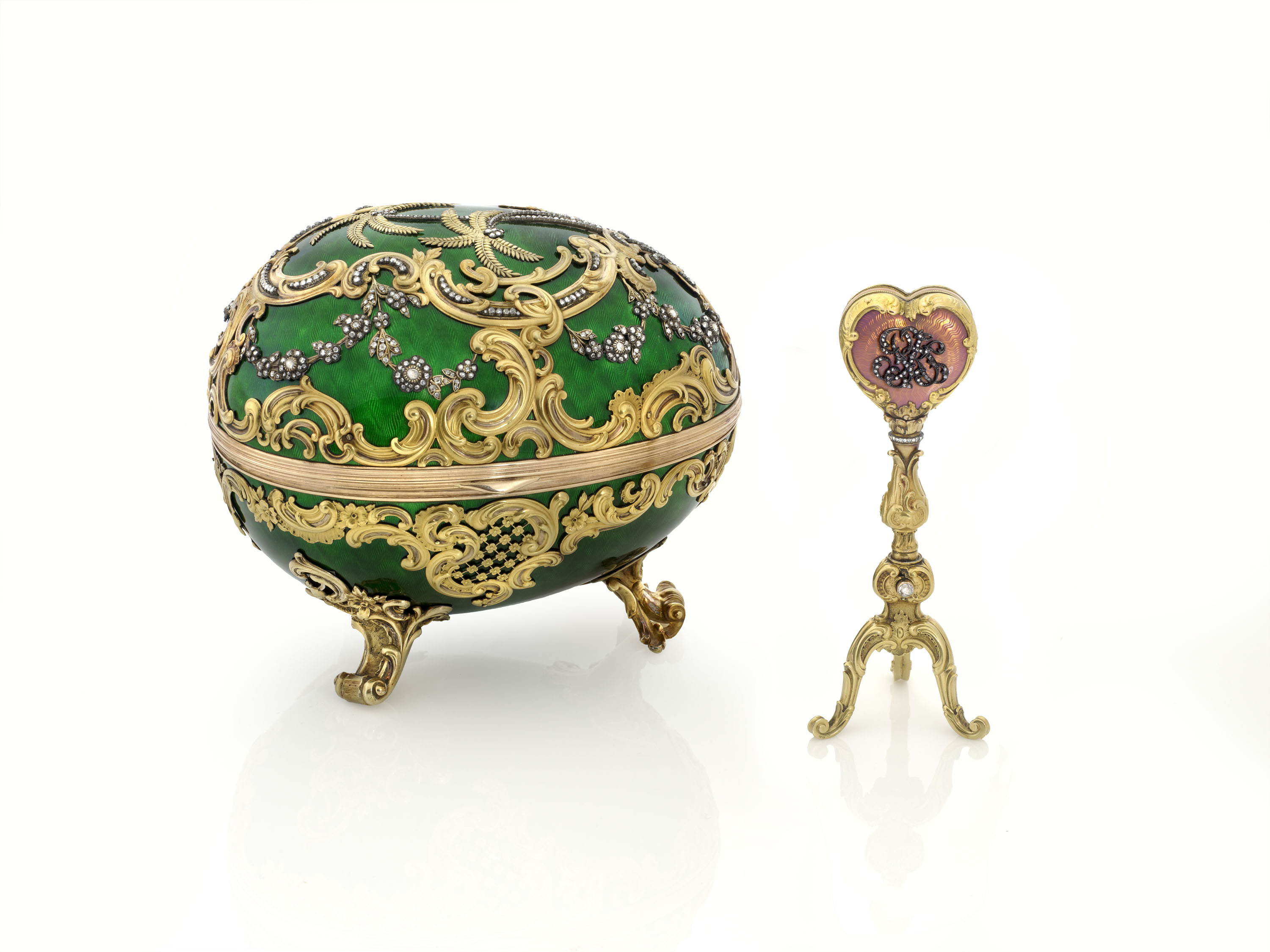Caroline de Guitaut is many things. Her curator post at The Royal Collection Trust in London — where she oversees the Queen’s impressive Fabergé collection — is nothing to be sniffed at, but de Guitaut is perhaps first and foremost the organizer of Kate Middleton’s the Duchess of Cambridge’s bridal archive. Swoon.
We controlled our impulses to ask about all things Royal Wedding, however, to discuss our (very) special new exhibit, Fabergé: A Brilliant Vision, prior to de Guitaut’s Distinguished Lecture here at the Museum.
HMNS: So, what are your first impressions of the exhibit?
Caroline de Guitaut: It’s really interesting. It is an exciting thing, all formed over the last 10 years. The Royal Collection was formed primarily during Fabergé’s lifetime, while he was still producing. This collection is very modern. The Provenance is so good; it focuses on pieces with a lot of history.
HMNS: How would you term the House of Fabergé’s historical importance, particularly to England?
CDG: The Royal Collection can only now be seen, with modern eyes, as a museum collection. When it was formed, the objects were exchanged as gifts — fashionable, whimsical luxury items. It was only post-revolution, really, that the objects have acquired this mythical sort of importance. So many pieces are superbly personal — hand-inscribed tokens of affection.
HMNS: Do you have a favorite piece or a particular item/type of item that you find yourself coming back to again and again?
CDG: I like the more simple objects. The animals are charming, whimsical and fun. They demonstrate the whole range of hardstone carving. There is one particular object — a cigarette case in deep blue enamel. It’s so sumptuous and rich. A snake in fold and diamonds winds around both sides biting its own tail — the symbol of everlasting love. It was a present from Edward VII’s mistress to the king. It is in the art nouveau style with the concealed hinges that are a signature of Faberge, and when the King died in 1910, his wife gifted it back to his mistress as a token. The mistress, Alice Keppel, gave it to Queen Mary in 1936 and it returned to the Collection.
Visit Fabergé: A Brilliant Vision to see more objects of exquisite beauty and learn their (often romantic) stories. This special exhibition closes Dec. 31, 2013.








